10 Home Repair Myths – Busted
Our Fixers just as most handypeople have seen and heard it all when it comes to home repair myths. A lot of what you see on YouTube or read on Reddit should come with a warning: “don’t try this at home, kids.” What might seem like a quick and harmless fix can actually inflict long-term damage on both your home and wallet. At Fixer, we believe in fixing things correctly the first time around and educating homeowners on how to best care for their homes. Here are 10 common myths that need to be busted:
1. WD-40 will get anything unstuck.
WD-40 is actually not a lubricant; it’s a cleaner. It stands for “Water Displacement” and the 40 is because it was the 40th formula developed by a chemist. The first company to use WD-40 Multi-Use Product commercially was Convair, an aerospace contractor, to protect the outer skin of the Atlas Missile from rust and corrosion. The product worked so well that several employees snuck cans of WD-40 Multi-Use Product out of the plant in their lunchboxes to use at home.

Homeowners often think that WD-40 can be used to fix anything that’s stuck but this is not always the case. WD-40 is oil based so if it comes into contact with dirt and grime, it can break stuff. You don’t want to use it on surfaces that are exposed to the elements like in a lock on an exterior door. Instead, use a teflon or graphite based lubricant because those don’t attract dirt. Alternatives to WD-40 include “Liquid Wrench” and PB Blaster, which is a petroleum product to blast off rust.
Here’s a little true or false bonus: WD40 + a scotch brite pad can buff/clean chrome finishes without scratching the surface. This one is true! It’s a motorcyclist’s secret trick but works in homes too.
2. Drano is the best at unclogging.
Don’t try Drano or other liquid drain cleaners. These might seem like a quick fix but they can wreak havoc on your plumbing over time. Drano sits in a pipe until the clog dissolves, continually reacting and generating heat. Toilet bowls can crack. PVC pipes can soften and eventually break. Old, corroded pipes can be easily damaged, and Drano can quickly eat away at the glue holding pipes together. Do yourself a favor and book a Fixer to safely remove any blockage.
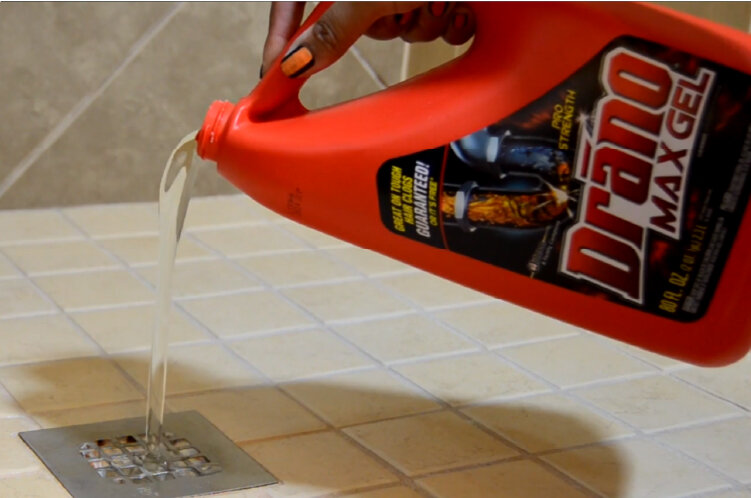
3. You don’t really need to shut off the power.
Safety should always come first for DIY home repairs. Always shut off the power before beginning any electrical repair (at the fuse box, not just at the switch!). Wear safety glasses, a mask, and ear protection whenever you’re working with power tools or doing any kind of demolition.

4. The quality of the job is directly correlated to the quality of your tools.
This one is not a myth. Spend a little more to get a quality set of tools that will last forever. Check out our recommendations for 10 basic tools every homeowner should have to complete small repairs.
5. Painting is easy.
There are quite a few steps that go into a quality paint job — and don’t forget the primer. Painting textured surfaces or kitchen cabinets require even more prep work and there is lots of room for error. If you’re DIYing, make sure to buy quality paint, rollers, and brushes. And if you’d rather leave the painting to an expert, Fixer can help with painting, staining, and wall repair.
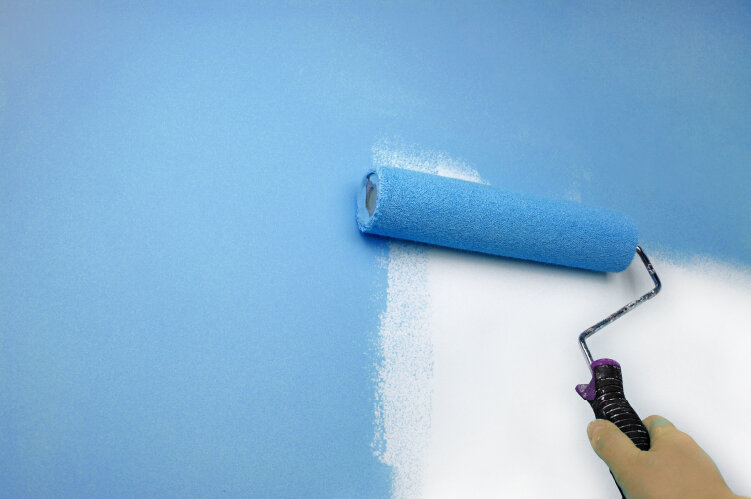
6. You must caulk toilets to the floor.
If you choose to do this for cosmetic reasons, you should always leave the back uncaulked. If the wax ring fails or you otherwise get a leak and your toilet is caulked all the way around, there’s nowhere for the water to go but into the floor below it. Speaking of leaking toilets, check out our DIY: how to fix a toilet guide for more.
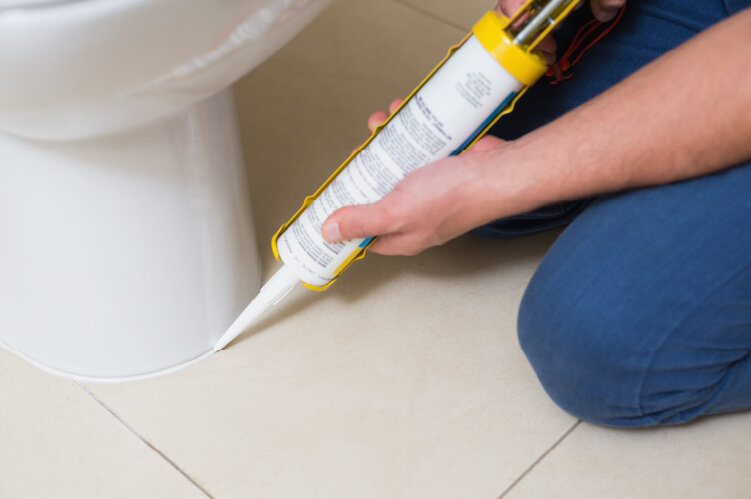
7. You can fix anything with duct tape.
Duct tape might be a quick remedy but it’s not a long-term repair solution. Duct tape will take the paint right off of walls and leave behind residue on other surfaces. You get what you pay for and it would be a myth to believe otherwise. Hire a home repair pro to fix that thing, safely and correctly.

Credit: Star Tribune
8. Home repair is a man’s job
We hire people who are not traditionally represented in the handyman workforce, namely women and underrepresented populations. In that way, Fixers looks a whole lot like the people who use our service: diverse. Meet Nikki, Linda, and Becky — three of our awesome female Fixers.
9. You need to hire a specialist for all home repairs.
While it’s true that you should use a licensed professional, you don’t need specific licensure for many home repairs. Fixer is licensed as a general contractor, and we’ll let you know if Chicago local codes require specific licensure for your project — and can refer you to some great ones!
Similarly, it’s a myth that a specifically licensed person (licensed plumber, licensed electrician, etc.) is going to be inherently better at a task than someone licensed, as say, a general contractor. You should always check for licensed/bonded/insured, check reviews, get referrals from friends and neighbors, and trust your gut when hiring a home repair person or company.
10. All handypeople are just average.
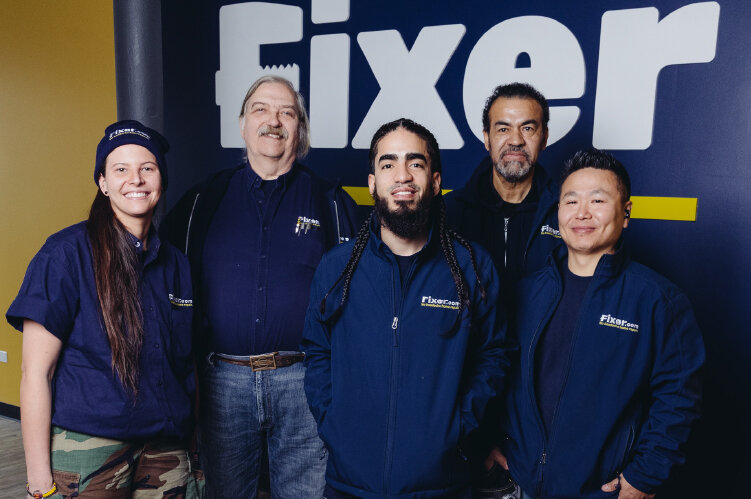
If you had a poor experience with a handyperson in the past, you’re not alone. But Fixer is a different kind of handyperson service. Many people mistakenly think that Fixer is a contractor directory for handypeople like HomeAdvisor or Thumbtack. Fixers are actually employee-owners, not contractors. This means our Fixers are vetted, background checked, and trained. We are licensed, bonded and insured. We are dedicated to long term customer relationships and exemplary service. Learn more about our mission and give us a try to experience the difference for yourself.
